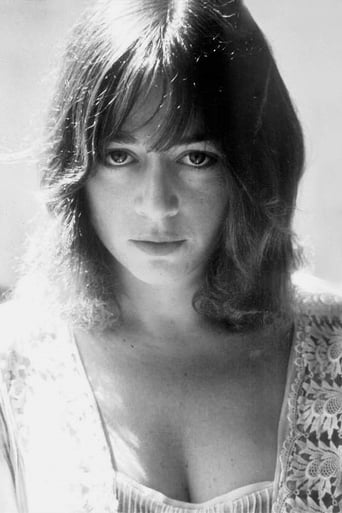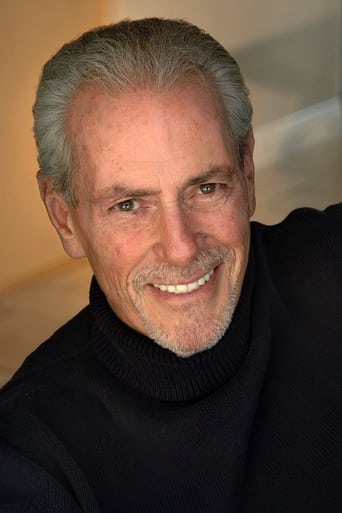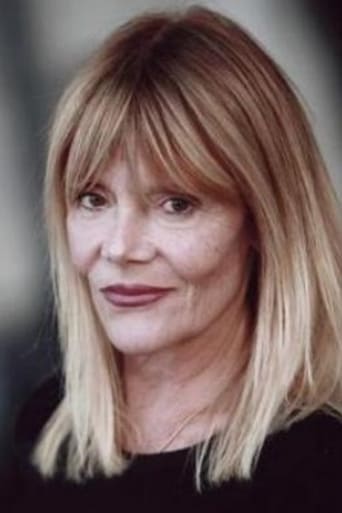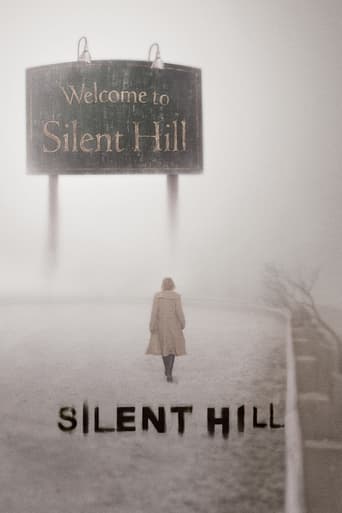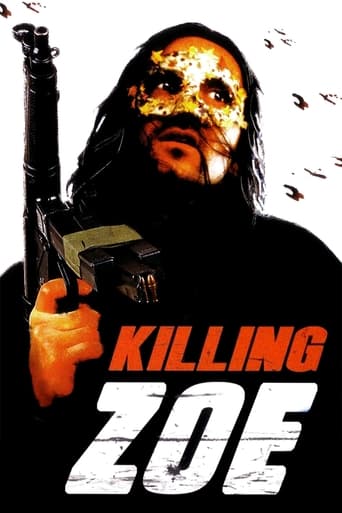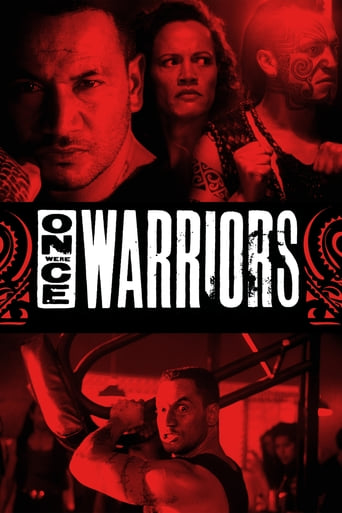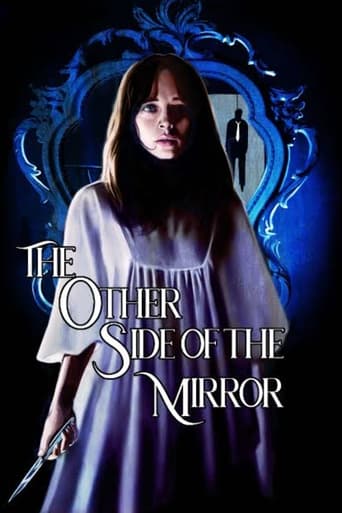
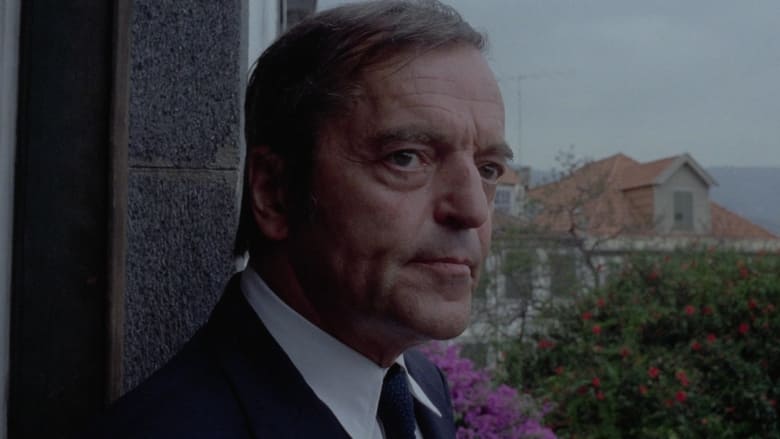
The Obscene Mirror (1973)
A nightclub singer is haunted by the ghost of her late father. The dead man summons her through a mirror, forcing her to commit a series of violent crimes.
Watch Trailer
Cast
Similar titles
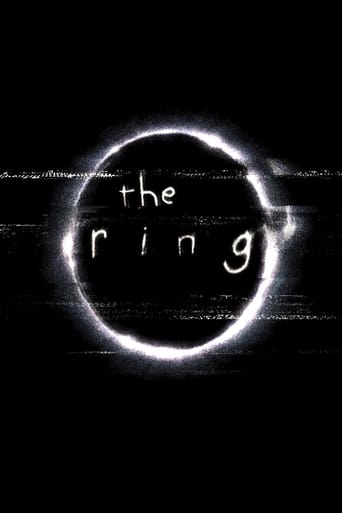
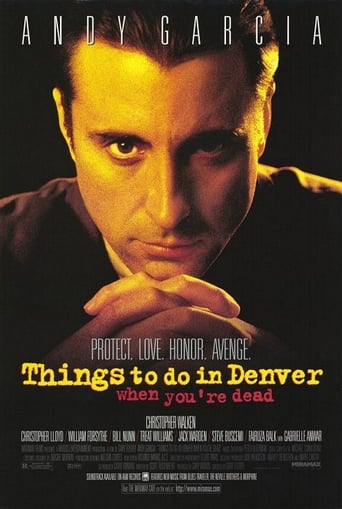
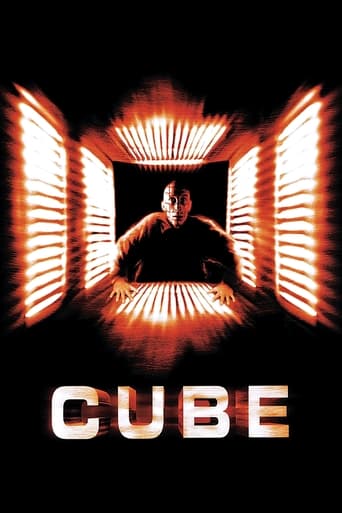

Reviews
Truly Dreadful Film
The Worst Film Ever
I like movies that are aware of what they are selling... without [any] greater aspirations than to make people laugh and that's it.
The plot isn't so bad, but the pace of storytelling is too slow which makes people bored. Certain moments are so obvious and unnecessary for the main plot. I would've fast-forwarded those moments if it was an online streaming. The ending looks like implying a sequel, not sure if this movie will get one
Recently I watched the restored version of Jess Franco's Al otro lado del espejo (1973, known in English as The Other Side of the Mirror). Having previously watched it in an unsubtitled and dreadful looking bootleg, it goes without saying that this was a much richer experience, and gave me a deeper appreciation for Franco's screenplay (erroneously credited to his ex-wife, Nicole Guettard - perhaps for quota purposes?). The basic story concerns a jazz musician, Ana (beautifully played by Emma Cohen), who is plunged into depression after her possessive father (Franco favorite Howard Vernon) hangs himself on the eve of her wedding. She leaves her fiancée and throws herself into her music, racking up a number of lovers at the clubs she plays at, but time and again she is driven to murder them by the specter of her father, who appears to her in the mirror of the title. The film is somewhat atypical of the director's work from this period. It's as poetic and fiercely uncommercial as contemporaneous films like Lorna the Exorcist (1974) or A Virgin Among the Living Dead (1971), but it lacks the full-blooded erotica that made those films easier to sell. Instead the film remains a haunting showcase for its lead actress, whose rounded performance and large, soulful eyes have no equivalents in the Franco canon. Not surprisingly, she won that year's CEC Award for Best Actress.In terms of direction, the film is classic Franco, as the director conjures a lot from very little. Ana's journeys through the mirror are done simply but effectively, largely consisting of walks through a darkened hallway, but Franco's camera lingers on Cohen's face, allowing her haunted gaze to convince us. He achieves other simple yet memorable feats of imagination. The image of Ana's hanged father haunting her from various mirrors, recalling a hanged Paul Muller floating through the woods in A Virgin Among the Living Dead, makes a strong impression.This film, like the aforementioned Virgin and several other important titles, was unfortunately not commercial enough for its producer, Robert De Nesle. In order to recoup his investment, he paid Franco to create a pornographic variant of the film called Le miroir obscene. Now that the director's cut has been properly restored, hopefully the film will be acknowledged as the hidden gem of Spanish cinema that it is.
Here is another of those elusive Franco films that in its proper context is neither horror, nor porn or sexploitation, in spite of the hardcore inserts, but wandering around urges. Now I appreciate Franco in the way you do with a friend or co-worker you have known forever. I appreciate him, in part, because of how familiar his flaws and habits. So I won't mollycoddle him or pretend in his face: he was often sloppy, charmless as a thinker and embarrassing in a number of ways. Whereas some fans read profundity in this film, for me all the stuff about mirrors, madness and theater as staged inner life are as sophomoric as it gets, for instance that whispers of a damaged mind will issue from a mirror. Let me say here that it's not the elements themselves, which others like Rivette, Resnais and Ruiz have used to similar effect, but the narrative distance they are placed away from the viewer, distance that leads up to them and away from.But I accept it as part of the experience of shared intuition that is possible with a good friend; Franco is worth knowing because, going past conscious narrative impositions, I can relax in a fluid fabric of images which he seems to spontaneously stir up from life as he walks through it. The more of his films I watch, the more I relax because I have shared in previous travels.It's all in the last scene here.Leading up to it we have obviously layered madness about a woman reliving guilt from her past, inserts of incestual cunnilingus and hardcore sex (in the Italian version I saw), and relaxed wandering around bars and later exotic Madeira. As a whole the film evokes Franco's films with Soledad, She Killed in Ecstasy and Eugenie. It is not as 'pure' as Female Vampire, nor on the other hand as testing.The idea, tremendously simple, is that a woman wanted to get married, but her beloved sister killed herself out of desperation and perhaps spurned love, and she carries this burden in unfulfilled affairs with men.The Spanish version without the inserts may flesh out the story a bit more, but story is not the main point, it's swimming across to where images acquire life of their own.In the last scene we have all this, the wandering, madness, and repressed emotion, coalesce together in a beautiful way as a bridal veil fluttering in the wind.
As most know, there are 3 versions of the film. The Spanish is considered to be the true director's cut. The French changes the plot and swaps actors, while an Italian print adds hardcore bits to the newly added sex scenes from the French version. While it is frequently cited that the material in the French and Italian films were shot later, this is not entirely true. The Lina Romay footage was lensed later, but there are 3 extended nude scenes with Emma Cohen that were from the initial shoot, and I believe Franco would want them in any 'director's cut' DVD that will hopefully appear. They can easily be edited back into the Spanish print ( I've made myself a copy for future viewings ). Are the nude scenes essential to the plot, well perhaps not. But knowing how Franco adores the female form, coupled with Cohen's beautiful presence....I'd strongly feel he wanted them in the Spanish cut but was prevented by the strict censorship of the Spain at the time.
I finally managed to watch this little-known but highly-praised Franco film via a VHS dub. At first I was shocked by the poor quality of the print but after a while it settled down to being quite watchable, considering the source material at hand.Unfortunately, the Spanish language-version I saw which is considered to be the 'Director's Cut' was not subtitled in English. I have only the most basic knowledge of Spanish, so I'm afraid that the vast majority of the dialogue (of which there is an awful lot!) if not necessarily the plot just went over my head!! Still, here again my source came to the rescue: he e-mailed me and my brother a detailed plot synopsis beforehand that was also peppered with important character traits, developments, phrases, etc. that were essential for a deeper understanding of what the film was all about.Having watched it, I'm not sure how I really feel about it. It's definitely one of the better Jess Franco movies I've seen but, considering the disadvantaged position in which I experienced AL OTRO LADO DEL ESPEJO, I hesitate to place it near the top spot as some (like Francesco Cesari and Robert Monell) have done. As it stands, however, it has still gained a very respectable fourth place in the 'Ranking Franco' section I keep on my database (!) after VENUS IN FURS (1968), EUGENIE THE STORY OF HER JOURNEY INTO PERVERSION (1969) and THE DIABOLICAL DOCTOR Z (1965) but prior to other renowned titles like SUCCUBUS (1967), A VIRGIN AMONG THE LIVING DEAD (1971) and EUGENIE DE SADE (1970).The film achieves a disquieting and haunting quality which is a recognizable Franco trait, but which here becomes even more pronounced than usual for being set in his native country. Despite the obvious low-budget, the film is quite skillfully made (particularly the juxtaposing of images between what is taken to be fantasy and the reality behind it); a fine cast (mostly unknown to me) manages to give life to the multi-layered plot, even in this alien language. Howard Vernon was typically arresting in his brief but all-too important role, whereas the beautiful and effortlessly sensual Emma Cohen (which, unlike most of Franco's leading ladies, she achieves without resorting to copious and exploitative nudity) truly dominates the film with her remarkable performance certainly one of the finest in the Franco canon I've seen so far!Aided by very effective use of music (which, as in VENUS IN FURS, plays a very important role here), the film takes us on a journey of self-discovery a favorite subject with this director which is likely to provide plenty of interest for any viewer attuned to its particular mood, as well as a few surprises along the way. All the various romantic interludes may be perfunctory and somewhat redundant (as in EUGENIE DE SADE, the girl may well have been happiest in her relationship with her 'unstable' father!) but at least we are treated to three very different yet alluring life-styles jazz music, classical theatre and the idle rich (these scenes reminded me a great deal of Antonioni's L'AVVENTURA [1960]; in fact, the entire film is more art-house than horror, which is how it is often mistakenly labeled) all of which, however, end in the same way: a swift and apparently motiveless murder! The pace drops slightly during its last lap (a criticism which can be leveled at VENUS IN FURS as well), but like that film too, the resolution is an unexpected and incredibly complex scene which leaves one baffled (I'd love to have Francesco or Robert explain this one to me!) but at the same time satisfied with the realization of having just watched a genuinely great movie, the likes of which aren't often seen and the ultimate concession towards Jess Franco being a real talent worthy of our consideration!The idea of a mirror being the reflection of an alternate and often perverse reality (here prompting an amusing repeated vision of the hanged Vernon with hideously protruding tongue!) has been seen numerous times on the screen, drawing a particular affinity with the work of Jean Cocteau which as in this case is infused with references to Greek mythology and the 'underworld', yet Franco manages to give it a fresh angle by making us genuinely care for the leading character from the outset so that we can become eye-witnesses to her gradual but inevitable mental deterioration (impelled by her dead father's 'influence'). The following quote is borrowed from a post written by Robert Monell on the 'DVD Maniacs' Forum while discussing Image's DVD of Franco's A VIRGIN AMONG THE LIVING DEAD:'Franco was working on a modern mythological cycle obscured by the requirements of pornography with VIRGIN, THE OTHER SIDE OF THE MIRROR and LORNA... which deal with real or symbolic incest destroying the protagonist and the possession of the living by the dead. Ana is led by the hanged father into the mirror where she discovers another dimension. She can walk down the hallway and appear in any locale: the park where she murders Robert Wood or the theatre where she stabs Ramiro Oliveros. It's always the stabbing of the male, relating to the execution of the bull in the corrida and the Spanish Catholic obsession with iconography. Franco understands that the camera is the dreaming eye [THE DREAMING EYE] so we look down at Ana in the park and realize it's HER watching herself kill. The zoom lens becomes the way to focus her attention within the zone and the affect of THE FATHER is translated by a sort of electro magnetism through the zoom as she picks up the knife to kill Wood. It's both mythological (Styx) and psychoanalytic (Lacan) at the same time. One can feel that Oedipus has NO choice and that's the comparison. The TRUTH is always the TRUTH, and it is usually hidden from view by APPEARANCES, which are always deceptive. The world we have created is a sham to escape the truth and Jess Franco's films take us back to the truth by penetrating the sham which is fortified by popular culture, the media and the codes of representation familiarized by Hollywood. The only other film directors able to achieve this are John Ford and Jean-Luc Godard, both prolific and widely misunderstood.'And this from Monell's review of the film on the 'Dark Waters' website:'Most fascinating is how Franco relates Ana's problem to religion, visually correlated by repeated shots of churches, religious statues, and evocative paintings. Ana's father is shown to be a devout Catholic who uses faith to hide from his darker impulses. The plot's mystery is never really solved, but a final 'vision' in the magical mirror suggests a possible explanation.'Not only perceptive but beautifully written, too! I wasn't immediately aware of some of the concepts mentioned here but, having just read the 'How To Read A Franco Film' article, I felt decidedly more 'in tune' now with what the director intended. In the end, it's a real pity this film is so hard to come by, for I would really love to own it on DVD in an English-subtitled version (NOT dubbed) though the available source material would seem to need a lot of work. It would definitely enhance the experience for me, and doubtless gain new admirers in the process.
